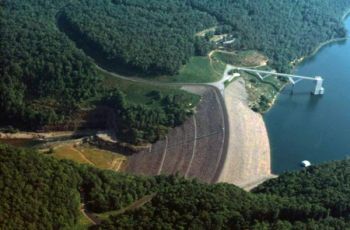Purposes of Dams: Difference between revisions
From ASDSO Dam Safety Toolbox
No edit summary Tag: Reverted |
No edit summary Tag: Reverted |
||
| Line 51: | Line 51: | ||
if (content.document)content = content.document; | if (content.document)content = content.document; | ||
// Hide header, heading | // Hide header, heading, back link & footer | ||
content.body.getElementsByTagName("header")[0].style.display = "none"; | content.body.getElementsByTagName("header")[0].style.display = "none"; | ||
content.body.getElementsByClassName("firstHeading")[0].style.display = "none"; | content.body.getElementsByClassName("firstHeading")[0].style.display = "none"; | ||
iframeWin.contentWindow.document.getElementById('contentSub').style.display = "none"; | iframeWin.contentWindow.document.getElementById('contentSub').style.display = "none"; | ||
content.body.getElementsByTagName("footer")[0].style.display = "none"; | |||
// Show iframe | // Show iframe | ||
Revision as of 20:27, 6 February 2023
Dams serve a variety of purposes including water storage, flood protection, power generation, tailings storage, or recreation. The design of a dam is heavily influenced by its intended purpose; however, the purpose and hazard classification of a dam can change over the course of its design life due to changing water needs, and changes in the surrounding community or in site conditions. No matter the purpose of a dam, safety to the public is the number one priority over any potential benefits. Common purposes for which dams are constructed include the following:

|
| Gathright Dam in Virginia (Wikipedia) |
- Power Generation
- Water Supply & Regulation
- Recreation
- Flood Risk Management
- Irrigation
- Navigation
- Waste Management
- Environment
Best Practices Resources
![]() Hydrologic Engineering Requirements for Reservoirs (EM 1110-2-1420), USACE, 1997
Hydrologic Engineering Requirements for Reservoirs (EM 1110-2-1420), USACE, 1997
Revision ID: 6522
Revision Date: 02/06/2023
